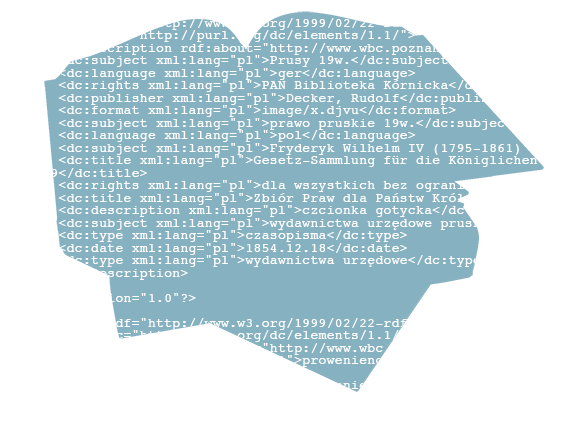Autocomplete
The autocomplete function works at the level of entire forms, i.e. the system is able to fill in, for example, the entire form related to the author on the basis of data previously entered into the system. The autocomplete mechanism works, among others in terms of authors, conferences and journals.
Defined data entry process
The SINUS system has a flexible process of entering, modifying and validating data. Data entry itself is done with the use of wizards that facilitate and systematize the entire process. Data validation, in turn, includes verification of e.g. external links (e.g. DOI), required fields, numerical values, ISSN and ISBN.
Full view of the publication
Editors logged into the portal can see all information related to the publication or other objects in the system. Even if a field is not filled in, it is displayed in the portal without a filled value. Thanks to this, editors are able to more easily assess what is missing in the description of the publication (which should still be supplemented).
Permission configuration
Editors can set permissions for portal resources in three ways. This right may be assigned to the user, it may be granted at the public level (every unregistered portal user has access to information) or it may be granted at the level of the IP address of the computer from which the portal website is accessed.










